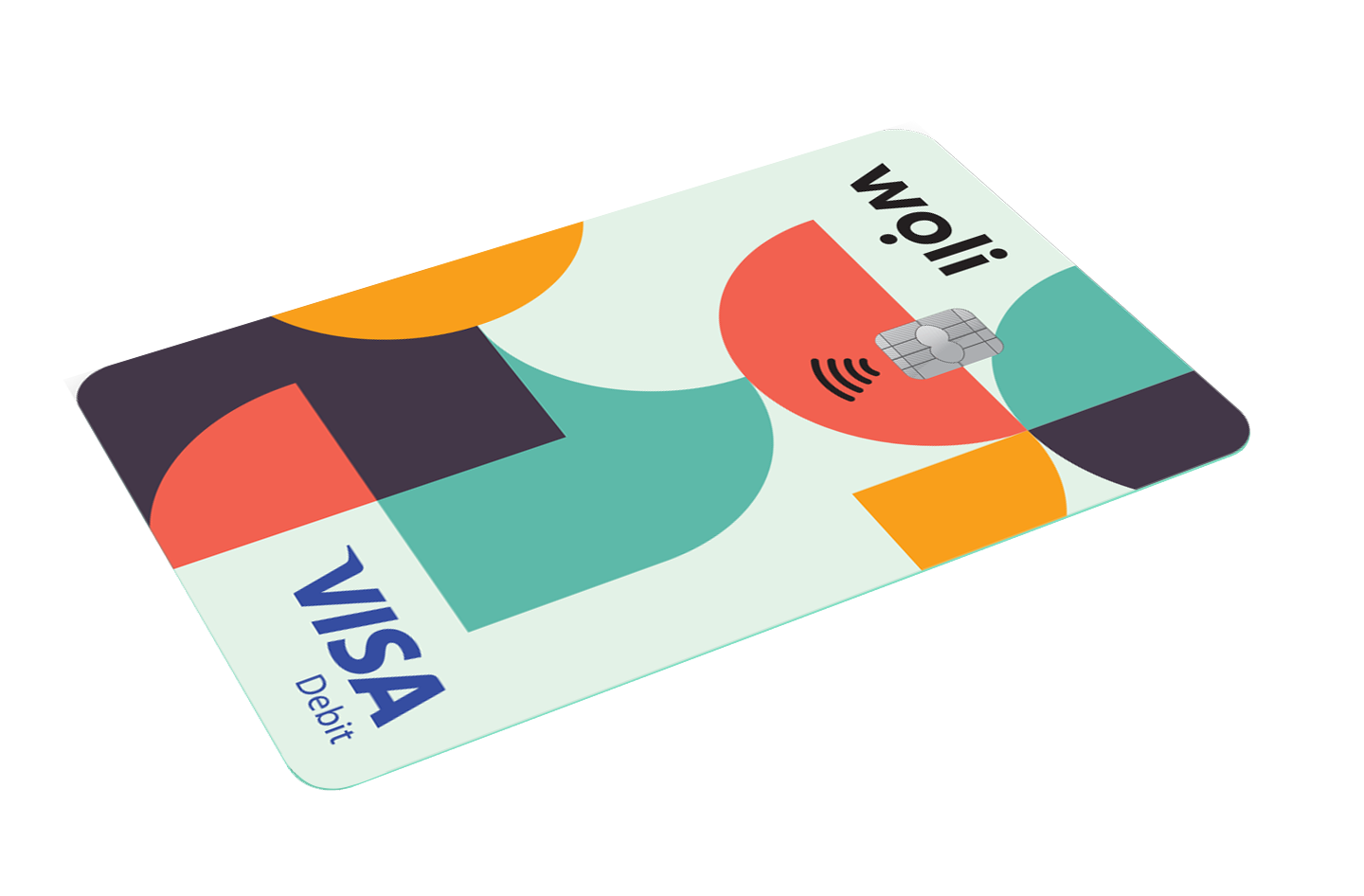We are that old that we have already forgotten the times when we were throwing a coin into the slot of a large box to start the exciting computer game that entertained us and our friends. Today, despite the rapid technological development, things have essentially not changed that much. The “box” is much more refined, modern and exciting for our children and the coin they throw to play is now virtual. But what is this virtual money and how can I help my child manage it properly?
As you already know from the experience with your children or with the children of your friends, in recent years the development of technology has helped us design beautiful and very realistic video games that fascinate children. In these computer games, engineers have created various virtual goods such as weapons, uniforms, abilities, power-ups and much more that you can buy using virtual money from the game. This virtual money that children often insist on is a type of digital money that is not issued by a bank or central regulator but instead is created by computer programmers and is designed to be used exclusively by members of a virtual community, such as the players of a video game.
Virtual money is divided into two main categories. Those that are free to acquire and use them in a computer game and those which you have to pay or exchange for regular money to buy them. Well-known examples of the second category are Robux, V-bucks and Minecoins.
To help your child manage this new kind of money properly, you first need to help them recognize that the goods they buy by spending their “real” money are nothing but fictitious. In the context of an active discussion, it is useful to remind the child that the goal of video games is to make us have a good time and not always to win, a condition that usually causes children the need to constantly buy virtual goods that increase their chances of winning. Also, it would be particularly useful for your child to set some consistent limits regarding the permissible amount of virtual money they may spend on a certain period of time (e.g. per month). In this way you will protect them from the stress and tension that often generates the need to buy more and more virtual things. Finally, it is advisable together with your child to co-formulate the rules that will govern his overall relationship with the virtual money of his favorite games, so that they can properly manage this new kind of money that dominates his daily life.






